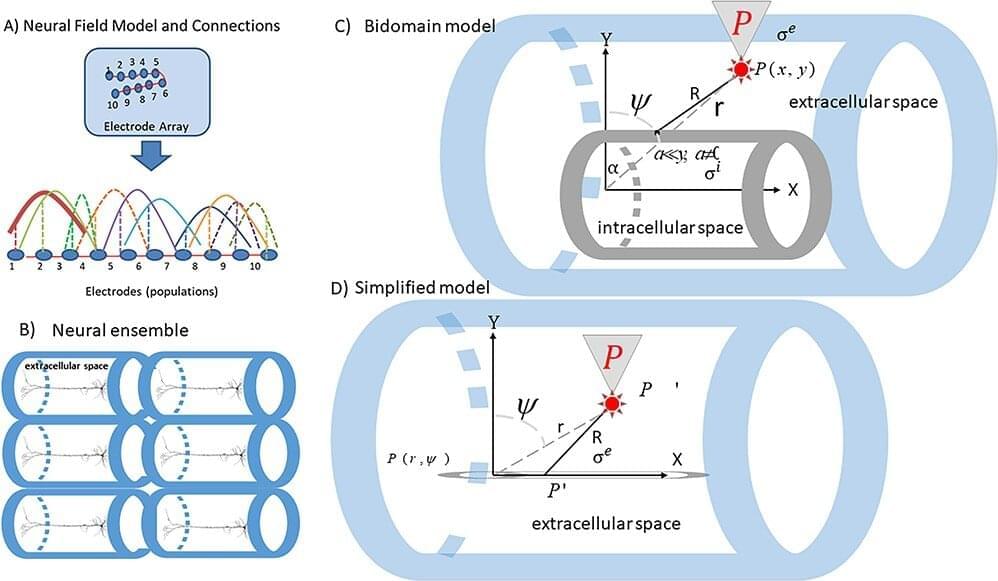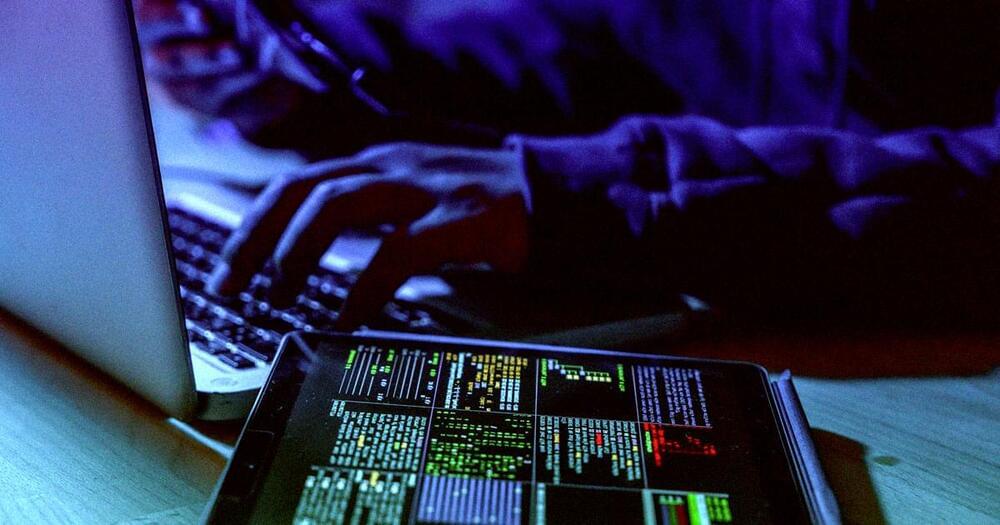Michael Shiloh had been studying tuberculosis for about two decades when he started wondering about a seemingly basic question: What makes people with TB cough? This is the disease’s hallmark symptom and a main mode of transmission, but despite training as an infectious disease physician and many years of probing the pathogen as a researcher, Shiloh realized that he didn’t know. A quick search of the literature suggested that “essentially nothing had been studied about it, at least not at the molecular level,” he says.
Elucidating the role of cough in illness means first appreciating its role in health. “Cough is one of these critical defensive processes that we have to clear the respiratory system,” says Stuart Mazzone, a neuroscientist at the University of Melbourne. But it also contributes to disease spread, as research by Shiloh, now at the University of Texas Southwestern Medical Center, and others has described. And dysfunctional control of coughing — resulting in too much coughing or not enough — can cause serious health problems.
Here’s a look at how and why we cough, and some of the ways that coughing can go wrong.









